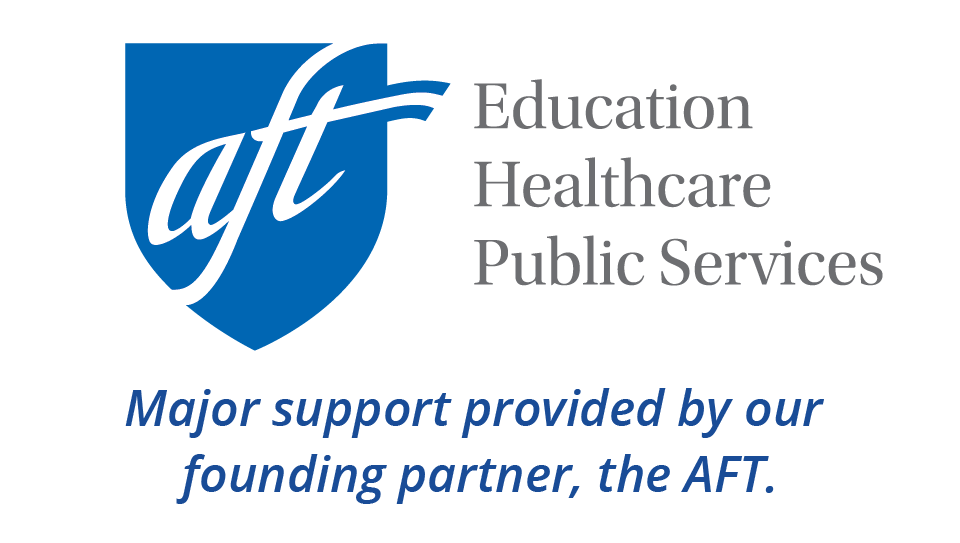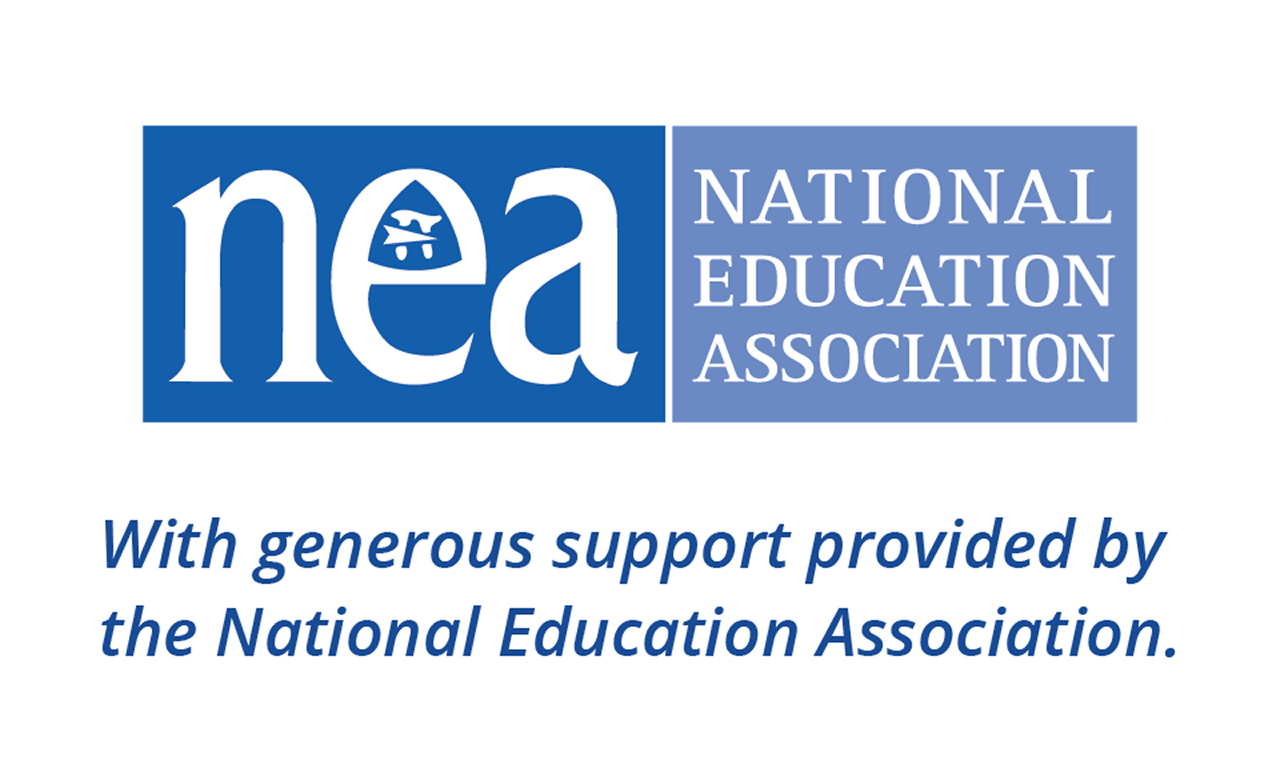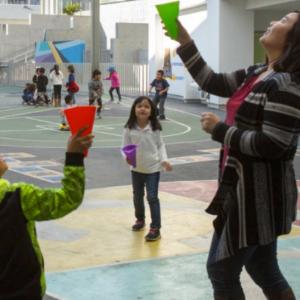Kansas: ELL Resources

In 2019, Kansas’s schools were home to more than 42,000 English language learners. In recent years, the most common five languages spoken by ELLs in Kansas have been Spanish, Vietnamese, Chinese, Arabic, and Lao. (U.S. Dept. of Education, National Center for Education Statistics)
Note: For additional state-by-state data and information, see New America's English Learner Accountability Hub.
State ELL Resources
Kansas Department of Education
- State ELL Website: ESOL Resources from Kansas Department of Education
- Multilingual Certifications: Kansas Seal of Biliteracy
Statewide Organizations
Note: Regulations change with time. These guidelines were compiled in January of 2012 and updated in May 2022. If you see something that needs updating, please send an e-mail to Colorín Colorado. For more detailed information regarding ELL guidelines and policies at the state and federal levels, please see the following:
References
U.S. Department of Education. Our Nation’s English Learners. Most Common Non-English Languages Spoken by English Learners.






